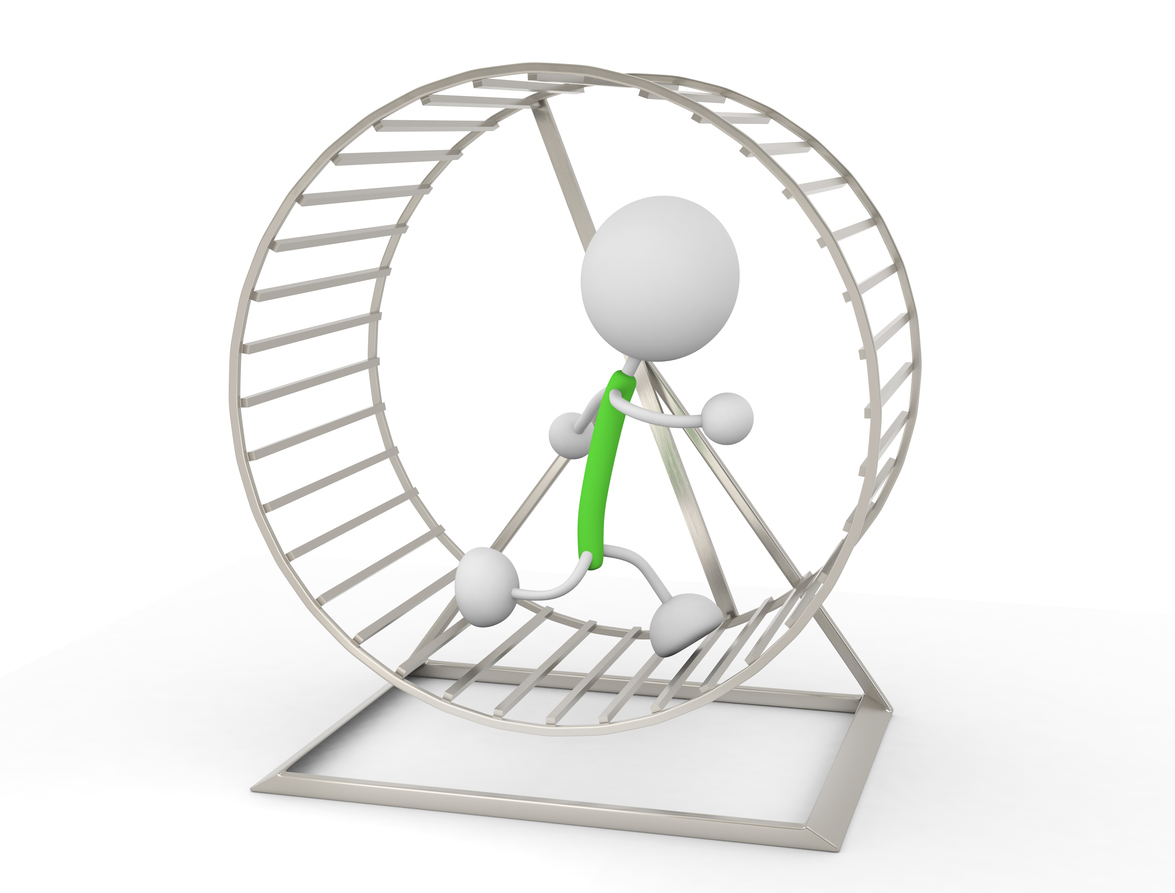Editorial teams today are burdened with larger workloads, shorter timelines, and the need to cover broad aspects of changing media demands. This greatly limits their ability to create and innovate in ways that can bring positive impact. Given these challenges, implementing a micro-process mindset can help drive experimental change and collaboration with low risk and reduced stress.
It’s hard enough to create solid, accurate, and appealing content, let alone tailor it to the platform flavor of the month. So how can a team bring a micro-process approach into its work?
Here’s how:
- It starts with the daily check-in, whether that’s via a face-to-face meeting (sit-down or stand-up—see below), Skype, Google Hangout, or even Slack (or now maybe Stride?).
- It should take seconds or minutes at the most. Determine the story or content that warrants some special, different attention. Identify what could or should be different about handling the content. Let it be different, let it be out of the box, take the risk.
- Don’t belabor it; make it a quick, agile, and decisive experiment.
- Target one item at a time, and allow it to deviate from standard process—break the rules.
- Follow it through and quickly evaluate the impact. Don’t belabor it—try it, test it, review it, use it if it works, and move on.
- Most important, give the editorial team permission to break the rules, in small ways and collaboratively, so all can learn from it. There should be no judgement or penalizing for failures, just knowledge gained.
Sounds simple, right? But more often than not, editorial teams are caught in the hamster wheel, churning out content robotically, and have little time for thinking about creative approaches. The micro-process approach enables teams to weave more innovative thinking into their daily culture without excess stress. It also invigorates existing stale processes with a fresh eye and helps perk up morale.
Forgetting to innovate, despite the fact that we are in creative environments, is sometimes one the biggest barriers to new thinking. But it’s a simple change, with minimal cost and potential for great impact—in small steps.
What’s one thing you can do differently today, in micro-process form, to test the waters with something new and different? I challenge you to do one thing today to make that change. Even better, let me know your results so we can expand on the concept in useful ways that I can share with all!
Stand-Up Meetings: Yes or No?
As a side note, I polled some of our top publishing clients for their approach on quick, simple meetings, and specifically about whether stand-up meetings help or not. I won’t share all of the (entertaining) commentary, but here are some of the responses:
- I hate standup meetings. I’d rather sit down!
- There’s no reason a sit-down meeting needs to be any longer than a stand-up meeting. It’s all about controlling the process.
- We’re lazy and typically sit down. Even so, the meetings are typically effective.
- I think stand-up meetings can be effective; we just aren’t in the habit of doing them.
- Our web edit team uses stand-ups, one for brainstorming ideas for articles and the other to workshop headlines. They seem to be working because they’ve been doing them for a while.
- Weekly stand-ups are good to share what’s going on in the week ahead and across the organization. People like these, and it helps communication flow.
CEO Margot Knorr Mancini’s columns on content strategy share valuable insights and observations gained from her years of experience in the publishing industry working with major publishers across the country.
- Check out Margot Knorr Mancini’s other articles in our section on Content Strategy.
- Subscribe to receive regular briefings on Media Metrics, Women in Media, and This Week in Publishing (great highlights on weekly industry news picks and tips).
- Catch up on your need-to-know industry reading with TFP’s Books Picks!
- Data visualization is the best way to keep your finger on the pulse of content—check out Infographic Highlights.
- Have a suggestion for a topic you’d like to know more about? Drop us a note!
Posted by: Margot Knorr Mancini



